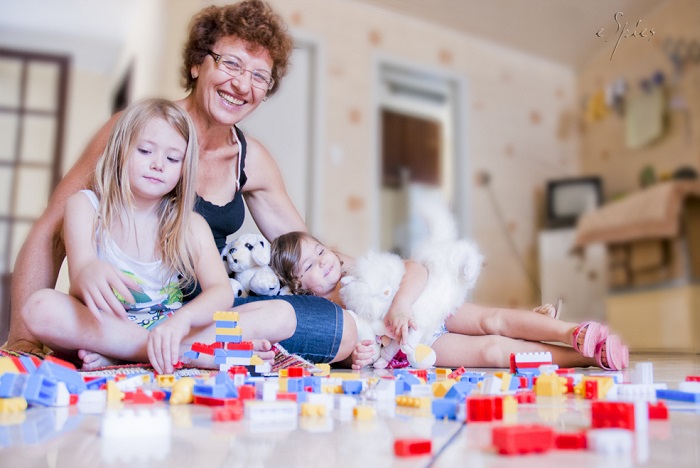Safe Space for Living = Safe Space for Writing

It’s not enough to tell your kids they can take writing risks and you’ll be there to support them, no matter what. You can promise that you won’t criticize their mechanical errors or that you are “okay” with whatever they write as long as they move the pencil. These are good practices that help to make the act of writing less daunting.
Yet a child who is used to being managed, directed, and revised in daily life will carry that feeling into the writing life; those words will not carry the message you hope to convey.
Writing is a risk. There are styles of parenting that make risk-taking more difficult for the child. To facilitate freedom in risk, children need to have lots of experiences with you, the parent, that let them know they can make mistakes, or offer you something different than you envisioned for them, or that they need time to not write for a bit.
Emotional connection creates emotional safety.
For example, if your child descends the stairs after dressing herself in mismatched top and bottoms, do you comment? Do you send her back for the “right” shirt? Do you feel disappointment? Does it show?
When there’s a mess on the floor, do you find yourself focused on cleaning it up rather than seeing what it represents?
Think back to your parents or your spouse or a school teacher. What types of comments made you nervous or left you feeling blank or closed? When did you blossom and venture to some new space for thought or activity?
When a mother tells me her daughter is a perfectionist, I often ask: “Are you, too?”
When a father tells me, “I don’t want to live through my boy, but he is capable of so much!” and then proceeds to tell me his ambitions for his son, it’s not all that surprising to me when I discover that this same child seizes up in writing, afraid to disappoint this powerful man in his life that he admires.
A habit of commenting (even in a positive tone of voice) can become a second-voice in the child’s head. Your evaluations (even when positive) can rob the child of forming his or her own. Your child starts to measure him or herself by what he or she imagines you might say, rather than feeling free to explore.
Sometimes the best way to create emotional safety for a child is to be quiet (to say nothing, to not have an opinion ar all), and at other times, it’s helpful to point the child back to his or her own experience.
For instance, you might say nothing about the outfit of choice, but you might make a comment about a child’s big mess on the living room floor: “What a lot of creativity and fun we have here!”
How you say what you say is the most important feature of this dynamic. Your tone of voice creates or thwarts your relationship of trust with your child.
I want to repeat that.
The tone of voice you take with your child,
even more than the content of what you say,
will determine how open your child is with you.
A child’s felt experience of space and safety will translate into taking risks (of various kinds) throughout childhood. Some of those risks will show up in writing.
If you find that your child is not responding to the space-creating language you use for freewriting, ask yourself if a shadow hides in your communications. Do you convey through tone or words that you have expectations for the child that feel like pressure (not like support for growth)?
How can you free up space for calm, creative, patient progress and risk-taking instead of conveying the hidden expectation of a performance that reassures you?
There are lots of reasons for writer’s block, but I wanted to point out this dynamic today. It doesn’t show up in writing manuals, but in many cases is the primary struggle. Writing is not like math pages where you can assign them and measure the number of problems completed. Writing requires an unearthing of language from within. Any time a child goes within (to create), the child unconsciously checks the space to see if “that’s allowed.”
It’s your job to allow, allow, allow in lots of areas, with genuine interest, trust, and care. As you do, lots of good stuff will show up (and some stuff you don’t want too). But that’s all part of it! You get to show your kids that it’s okay to make mistakes, to take risks that don’t pan out, and to create their own way.
You do it together. Like writing. Life life.
 Header Image by Emanuele Spies (cc)
Header Image by Emanuele Spies (cc)

















